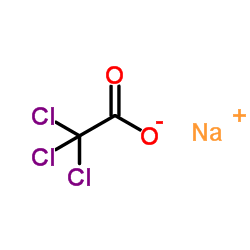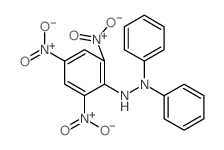| Structure | Name/CAS No. | Articles |
|---|---|---|
 |
Sulfuric acid
CAS:7664-93-9 |
|
 |
sucrose
CAS:57-50-1 |
|
 |
N-hexane
CAS:110-54-3 |
|
 |
Acetonitrile
CAS:75-05-8 |
|
 |
DPPH
CAS:1898-66-4 |
|
 |
Sodium TCA
CAS:650-51-1 |
|
 |
Dimethyl sulfoxide
CAS:67-68-5 |
|
 |
Fructose
CAS:57-48-7 |
|
 |
Formic Acid
CAS:64-18-6 |
|
 |
1,1-DIPHENYL-2-PICRYLHYDRAZINE
CAS:1707-75-1 |